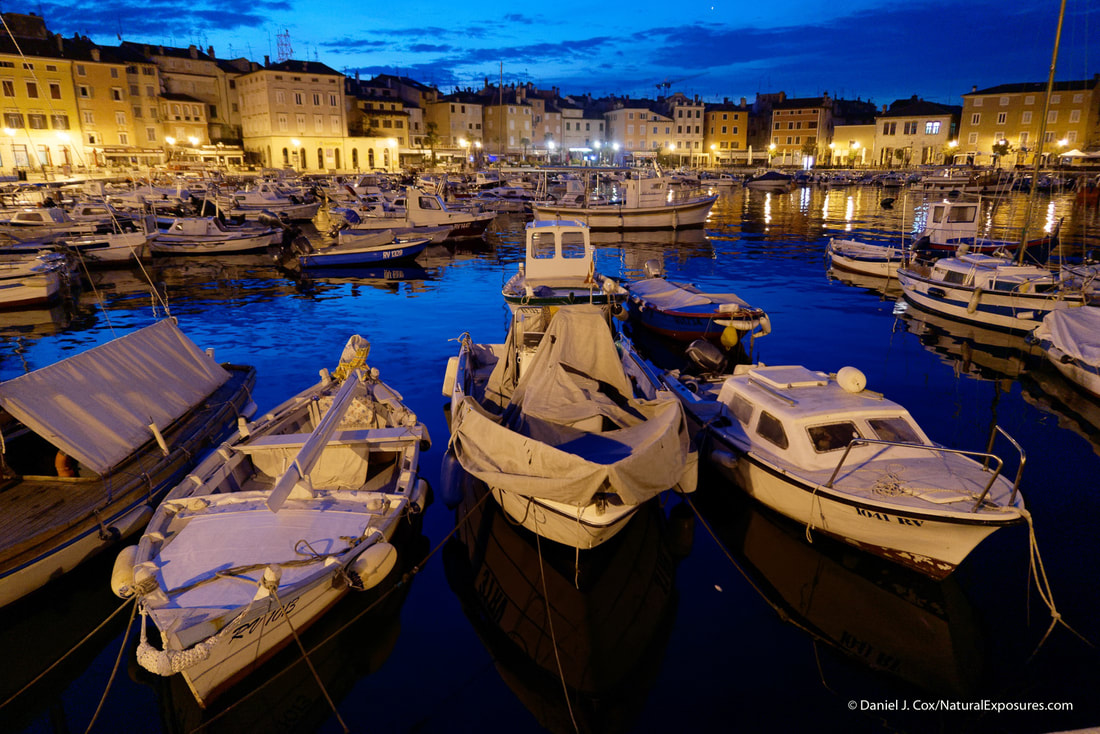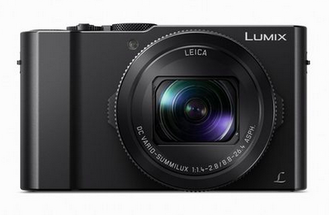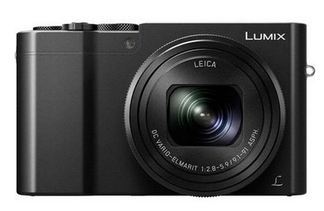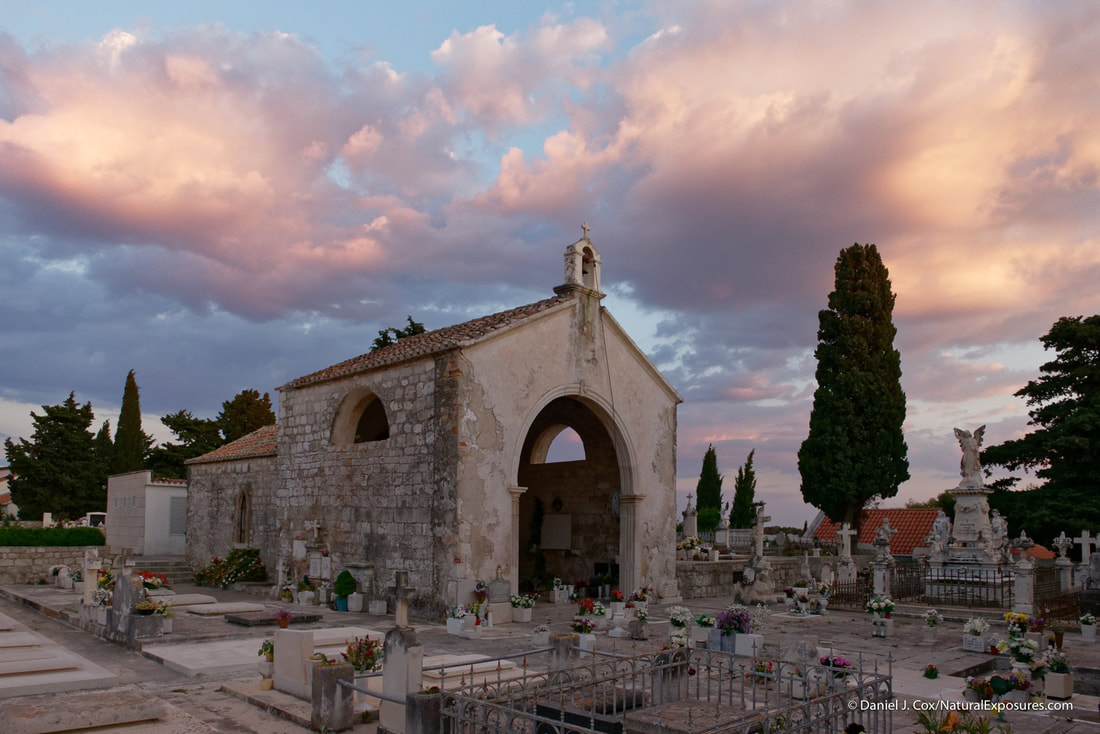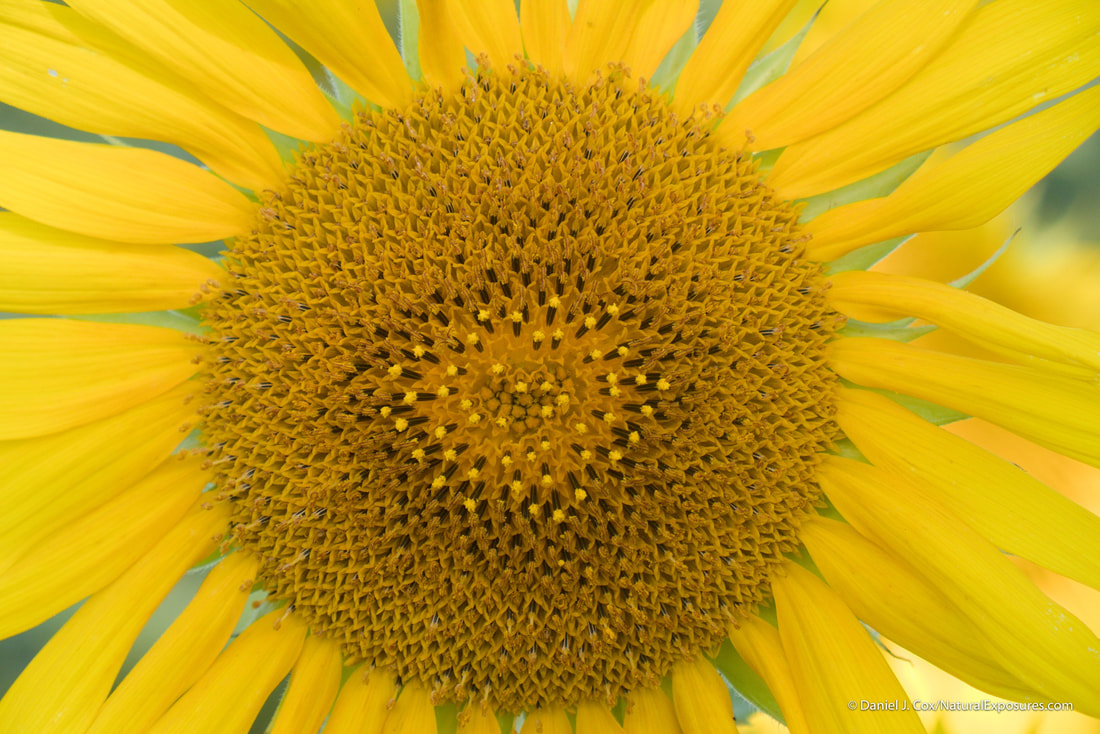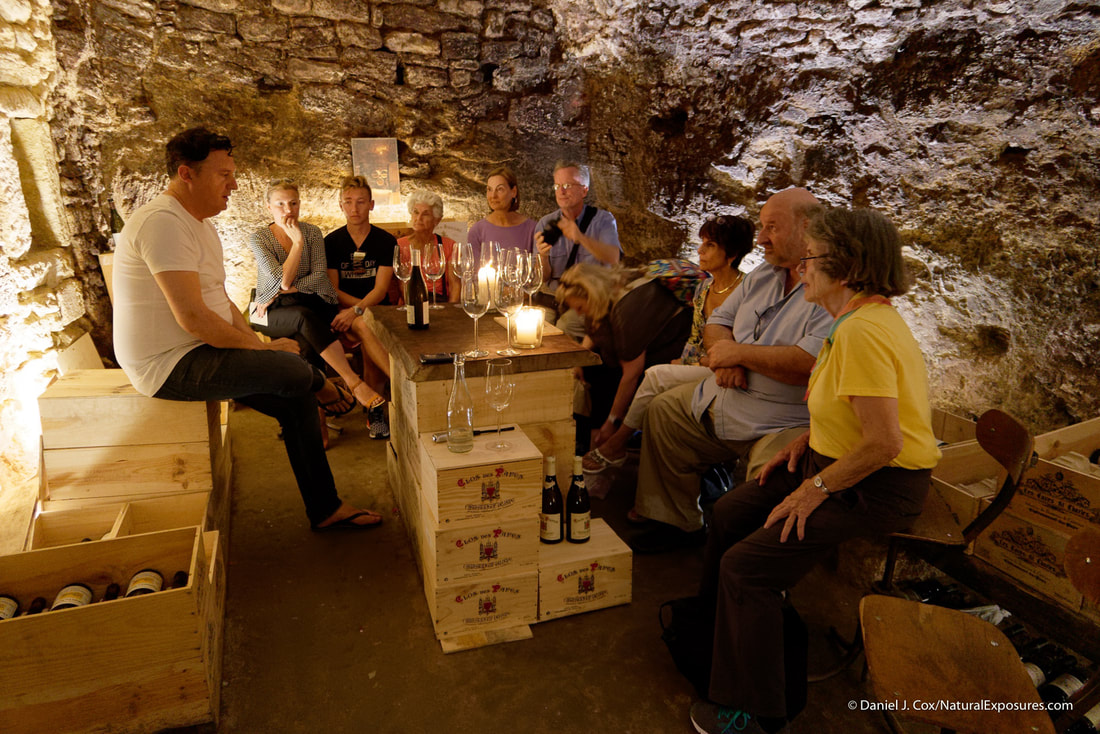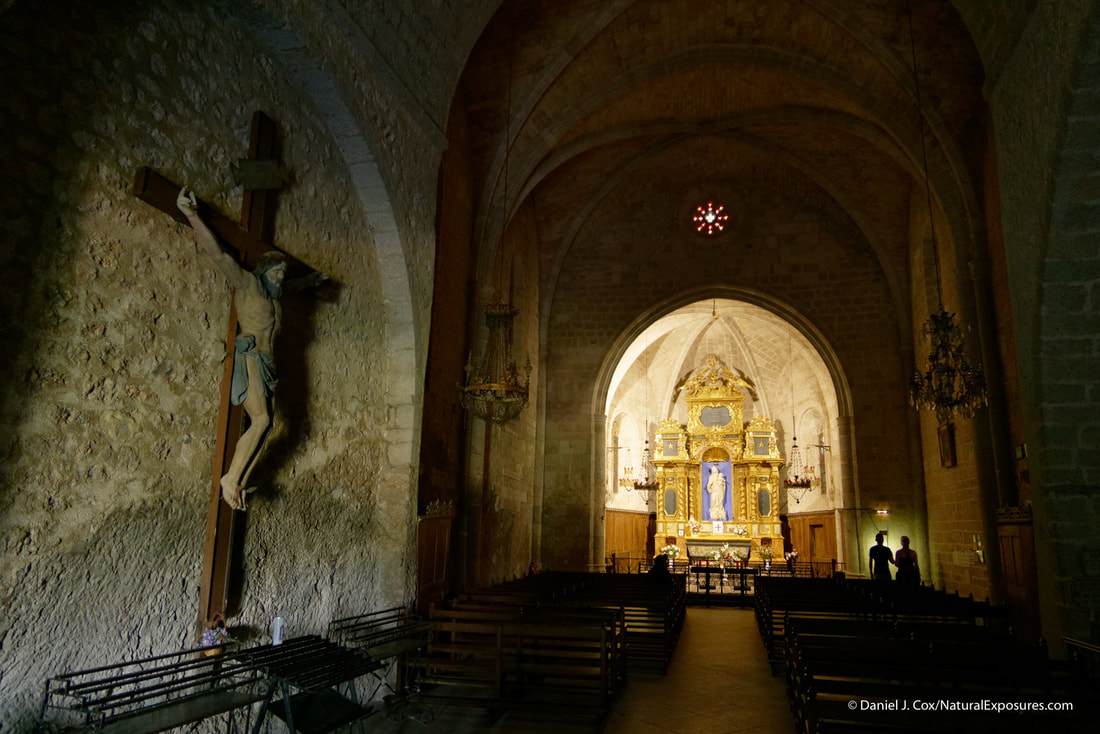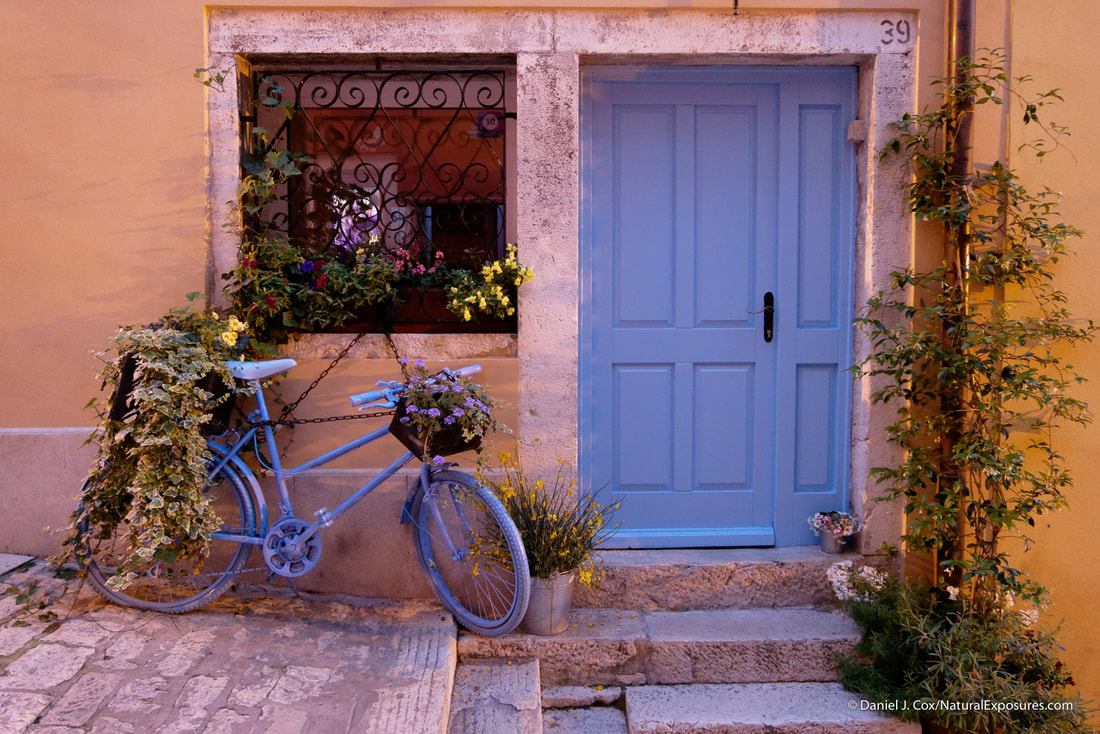|
All images copyright Daniel J. Cox. All rights reserved. Intro by Skip Cohen Besides becoming a great friend since first meeting at a Panasonic Luminary meeting a few years ago, Daniel J. Cox is one of the most thorough, knowledgeable and detail-oriented artists I've ever worked with. In this unique guest post he's put the Lumix LX10 and ZS100 to the test, and the results are outstanding! Click on either of the cameras below for more information. In the mean time I tend to live vicariously through Daniel's travels and these images certainly share the beauty of these trips! Natural Exposures needs to be on your radar. And, if you're looking for an amazing travel experience to scratch off your bucket list, Daniel and Tanya are just a click away. by Daniel J. Cox Lets face it, everybody today is a photographer, right? Anyone carrying a phone can snap an image at a moments notice but what the image looks like in the end can be either great, mediocre or useless depending on many different things. Thankfully, the number one advantage to making a great image is the set of eyes that start the process. No matter what camera you’re using from a cell phone to the new Fujifilm GFX the vision of the image creator is by far the most important element to getting a photograph people will remember. Moving from a cell phone to a real camera doesn't mean you have to break the bank or carry lots of additional gear. There are now options that will blow your mind and the two I’ve found are the Lumix LX10 and the Lumix ZS100. A short backstory as to why I love what I call “ Small, Light and Mobile” is in order.
For forty years I carried one of the largest collections of camera gear you could buy. We all know the brand very well so that doesn't matter but it included lenses from 8mm all the way up to 600m F/4. At one time I carried all of this in a Lowepro Super Trekker, the total weight being 60lbs, schlepping it through airports, train stations on the back of horses, boats and sometimes a bike. On my first trip to Kenya, I had the 60 pound pack with a small duffel bag holding 600 rolls (40lbs) of Fujichrome film. Between the camera gear and the film I was literally hauling 100lbs of weight trudging through airports on my way to Africa. In 2008 I began to look for something smaller and I found it in the Panasonic Lumix system. I’ve been downsizing ever since. Today I have the same range of lenses I had with my older traditional DSLR system. My new lenses are combined with much smaller, more technically advanced interchangeable lens bodies. These are my current work horse cameras and lenses. But once in awhile I go even smaller and have added the amazing point and shoot sized cameras to my bag, the Lumix LX10 and the Lumix ZS100 I mentioned above. I recently spent two months shooting in Slovenia, Croatia and France and part of my goal was to see how much I could do with these two miniature photographing power houses. It was quite an experiment and I thought I would share with you some of my photos and experiences of using such small, easy to carry yet powerful photography tools. I’ve created extended captions highlighting how this same image might have been shot with the traditional DSLR’s but how I was able to do the same, maybe better, due to the smaller size and weight off powerful point and shoots. Things Both Cameras Have in Common -1-inch sensor. This is smaller than the Micro Four Thirds sensor but it produces high -Built-in flash -Relatively easy to navigate menu system with similar options -4K Photo Mode -4K Video -Near identical controls on top and back of camera -Fixed, noninterchangeable zoom lens -Touchscreen -Very slippery hand grip Differences Between the ZS100 & LX10
How Does Lumix Produce Such High Quality? 1-inch Sensor Sensor size relates to the size of the chip that records the photograph. Do any of you remember seeing photos of Ansel Adams shooting an 8x10 or 4x5 inch view camera? The film size for those cameras was 8x10 and 4x5 inches respectively. Now think about how small a piece of 1-inch film would be. That should give you a visual of the sensor size of the two Lumix point and shoot cameras. The Lumix sensor is not very big compared to what Ansel Adams used to shoot. But the quality is pretty close to what he produced with film back in the day. Hard to believe it’s true but the proof is in viewing the images shot with these tiny little cameras using 1-inch sensors. Final Conclusion Without a doubt I was able to capture incredibly high quality images with both cameras. Were the photos equal to what I would get with the Lumix GH5 or Lumix G85? In some cases yes. Some cases no. After shooting these tests I’m definitely more impressed with the quality of the lens on the LX10. The ZS100 gave me long range reach but the quality of the lens was not up to the standards I’m used to. The LX10 on the other hand was. Between these two cameras it really comes down to lens choice. If you plan on shooting in darker light and want to be able to leave your tripod behind, the LX10 is the obvious choice. However, if you yearn for long range telephoto opportunities you may prefer the ZS100. Either way you get a lot camera in either or. Ideally, if you really want to travel super light and have great range, you should really buy both and have each along as I did.
0 Comments
|
AuthorsWelcome to Luminary Corner. Besides being a recognized member of the professional photographic community, each post author is a member of Panasonic's LUMIX Luminary team. Archives
November 2017
|
© 2019 Skip Cohen University

